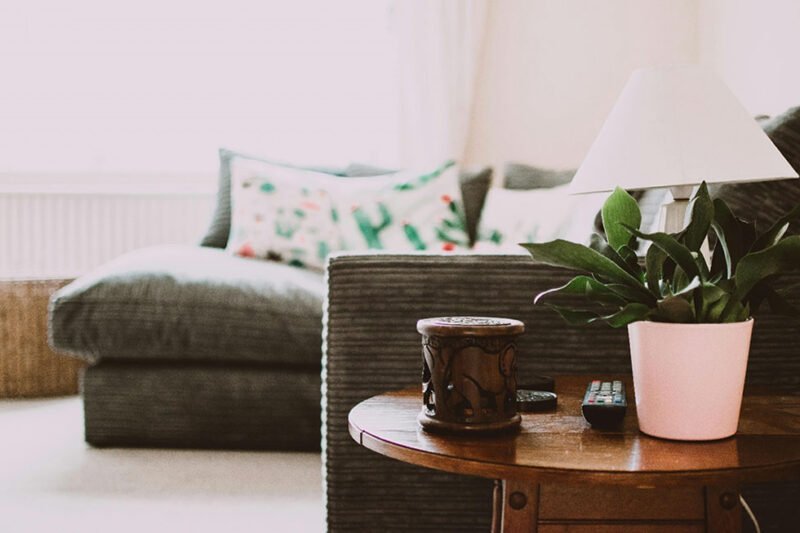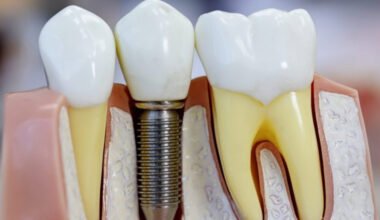Ever feel worse after spending time at home? You’re not alone. Your house could be making you sick, and you might not even know it. From sneaky dust to strange smells, there are clues hiding in plain sight—and they’re worth paying attention to.
The good news? Most of these problems are easy to fix once you know where to look. This guide walks you through simple ways to check your space, improve how it feels, and breathe easier. Ready to find out what’s messing with your comfort?
Hidden Air Pollutants You Can’t See
Not everything that affects your health is visible. Everyday pollutants like dust, pet dander, and even mold spores can float through your home without being noticed. These particles can build up over time, especially in spaces that aren’t ventilated well or cleaned often. If you’ve been sneezing, coughing, or feeling stuffy for no clear reason, your home’s environment might be the cause. Cleaning regularly and using a vacuum with a HEPA filter can help. Also, keep an eye on areas that trap dust—like rugs, curtains, and vents. A few small habits can make a big difference.
Understand How Important Indoor Air Quality Is
Clean, fresh air isn’t just about comfort—it affects how you feel every day. Poor airflow or stale air can lead to fatigue, allergies, and even frequent headaches. Your home should be a place where you feel good, not one that leaves you feeling drained or unwell. That’s why it’s worth learning about the importance of indoor air quality. Experts offer solutions like high-efficiency filters, air purification systems, and ventilation upgrades. These services help remove contaminants and keep the air in your home safe and balanced.
Never Ignore Your HVAC Filter
A clogged or dirty HVAC filter can silently make your home less healthy. It not only reduces system efficiency but also spreads dust and allergens through your vents. If you haven’t checked your filter in a while, now’s the time. Most filters should be replaced every 1 to 3 months, depending on usage. Clean filters help your system breathe—and help you breathe too. They’re one of the cheapest and most effective ways to improve the air in your space without needing any major changes.
Watch for Mold and Moisture in Hidden Spots
Mold doesn’t always grow in obvious places. It often hides in bathrooms, basements, around windows, or under sinks—anywhere moisture collects. Breathing in mold spores can cause coughing, throat irritation, or even trigger asthma. It’s especially a concern for kids, older adults, or anyone with allergies. To stop mold before it spreads, fix leaks fast and keep damp areas dry. Use exhaust fans when showering and check spots with poor airflow. The faster you spot the issue, the easier it is to deal with.
Don’t Skip Duct Cleaning
Your ducts carry heated or cooled air throughout your home—but they can also carry dust, debris, and allergens. Over time, this buildup spreads through every room and lowers your home’s comfort level. If you haven’t had them cleaned in years, it may be time. Professional duct cleaning can improve airflow and reduce the number of irritants in your space. It also helps your system work more efficiently, which can lower energy bills. Cleaner ducts mean cleaner air—and a more comfortable home overall.
Make Fresh Air a Regular Thing
Homes today are built to be energy efficient, but that can mean less airflow. When air gets trapped inside, it can carry unwanted particles—like smoke from cooking, chemical cleaners, or too much humidity. Over time, this can affect your comfort and how you feel. Make fresh air part of your routine. Open windows when the weather is good, and always use fans while cooking or showering. For even better results, consider installing a mechanical ventilation system. These systems help bring in clean air and push out stale, polluted air.
Consider Upgrades That Reduce Toxins
If your space never feels truly fresh, it might be time for an upgrade. Standard filters help, but some issues need more advanced solutions. Adding air purifiers, UV lights, or HEPA filtration can help reduce allergens, germs, and odors floating around. Many newer HVAC setups offer built-in options like advanced filters or whole-home purifiers. These tools are especially helpful for people with allergies or breathing problems. The upfront cost is higher, but they bring cleaner air and better peace of mind in the long run.
Check for Chemical Sources
A lot of everyday items give off fumes that can irritate your body. Things like paint, candles, cleaning sprays, and furniture often release VOCs—volatile organic compounds—that you can’t see or smell. These may lead to headaches, dizziness, or breathing trouble. Try using unscented or natural cleaning products and avoid aerosol sprays when possible. Look for low-VOC labels on paints and household items. Always open windows or use exhaust fans when using strong products. These simple changes can make your home feel fresher and safer.
Keep Your HVAC System Maintained
When your HVAC system runs smoothly, it helps control moisture and filters out dust, allergens, and other unwanted particles. But when it’s neglected, it can spread those same problems around your house instead of solving them. Plan for seasonal tune-ups to check filters, coils, and ductwork. A clean and well-maintained system doesn’t just run better—it lasts longer, saves energy, and helps you breathe easier. It’s one of the best things you can do for comfort and wellness at home.
Know When to Call the Pros
If you’ve tried cleaning and upgrading but still notice strange smells, frequent dust, or allergy symptoms, it might be time to call in an expert. HVAC technicians have the tools to check what’s really going on behind the scenes. They can test your system, clean your ducts, and recommend fixes tailored to your home’s setup. You don’t have to figure everything out on your own. Professional help can turn a frustrating space into one that supports your health and comfort every day.
Your home should help you feel good—not tired, stuffy, or sick. Sometimes, small changes make a big difference. Swap your filters, improve your airflow, and get advice from trusted experts. When your living space supports your health, everything else gets a little easier. Take action today—and make your home a place that works for you, not against you.






